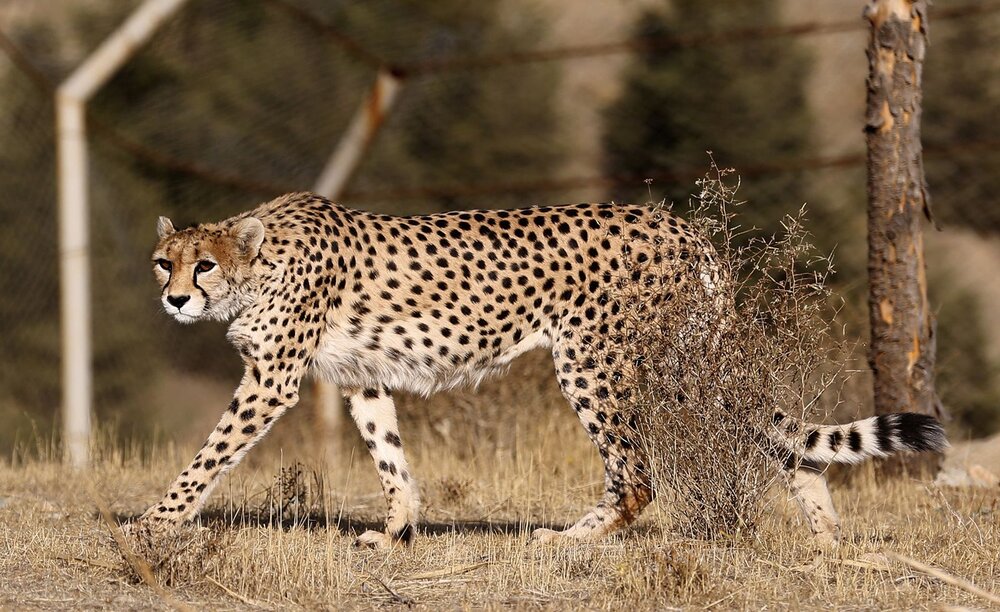Iran is the last hope for Asiatic Cheetah: expert

TEHRAN – There is hope that Iran can indeed manage to save Asiatic Cheetah, as succeeded in the past in saving other species to healthy and steady populations.
The Asiatic Cheetah (Acinonyx jubatus venaticus), once roamed from the Arabic peninsula to the Indian subcontinent, is now found only in the central plateau of Iran.
With only 12 cheetahs left in the wild, the Asiatic Cheetahs are critically endangered. Despite this, that majestic cat has received very little attention outside Iran.
As Asiatic Cheetahs have been on the brink of extinction, the United Nations Development Program (UNDP), in collaboration with the Global Environment Facility, co-founded the Conservation of Asiatic Cheetah Project (CACP) in the early 2000s to save this endangered species.
At this point, the future of one of the rarest cats in the world is left entirely to Iran.Unfortunately, UNDP support has been discontinued due to budget cuts. In addition, outside donations are not an option either due to recent political tensions and the U.S.-imposed sanctions on Iran’s financial sectors.
At this point, the future of one of the rarest cats in the world is left entirely to Iran. Passionate conservationists from every corner of the world hope that protecting this endangered species will be the highest priority in Iran’s environmental policy agenda.
While also understanding the challenges exacerbated by the international sanctions placed on Iran, Aram Ghalali, an expert wrote to the One Earth website.
There is hope that Iran can indeed manage to save this precious species. As a matter of fact, Iran has succeeded in the past in saving other species to healthy and steady populations.
Persian leopard was rarely seen outside of Iran for some decades ago. In some neighboring countries, the Persian leopard was considered extinct for more than half a century.
Due to hard work and conservation policies done single-handedly by Iran, the Persian leopard is now retaking territories from West Asia to the southern Caucasus and Central Asia. In several countries’ leopard reserves have already been established.
There is still hope for the Asiatic Cheetahs if the conservation community act with the same determination as it did in the past in regard to other species, such as tiger and mountain gorillas.
For several years, experts have urged immediate actions to save these animals. Since then, several immediate policies have been implemented locally; for instance, 1) prohibition of illegal hunting of cheetah prey, 2) minimizing human cheetah conflicts through public awareness campaigns, and 3) implementation of plans to reduce traffic accidents involving Cheetahs.
According to later reports, Iran may have managed to avert extinction. However, to bring back the Asiatic Cheetah to a sizable population, more must be done.
Both funding and political will are crucial for any project at this scale.
Internationally, the funding is of absolute necessity since conservation projects are expensive and in need of expertise and dedication. The survival of the Asiatic Cheetah must be a global responsibility. Conservation funding should not be unevenly distributed or biased towards a species just because of where its habitat happens to be.
Iran is the last hope for Asiatic Cheetah. Future generations will be hard in their judgments if we allow the survival of a species to be diminished due to political disagreements.
FB/MG
Leave a Comment